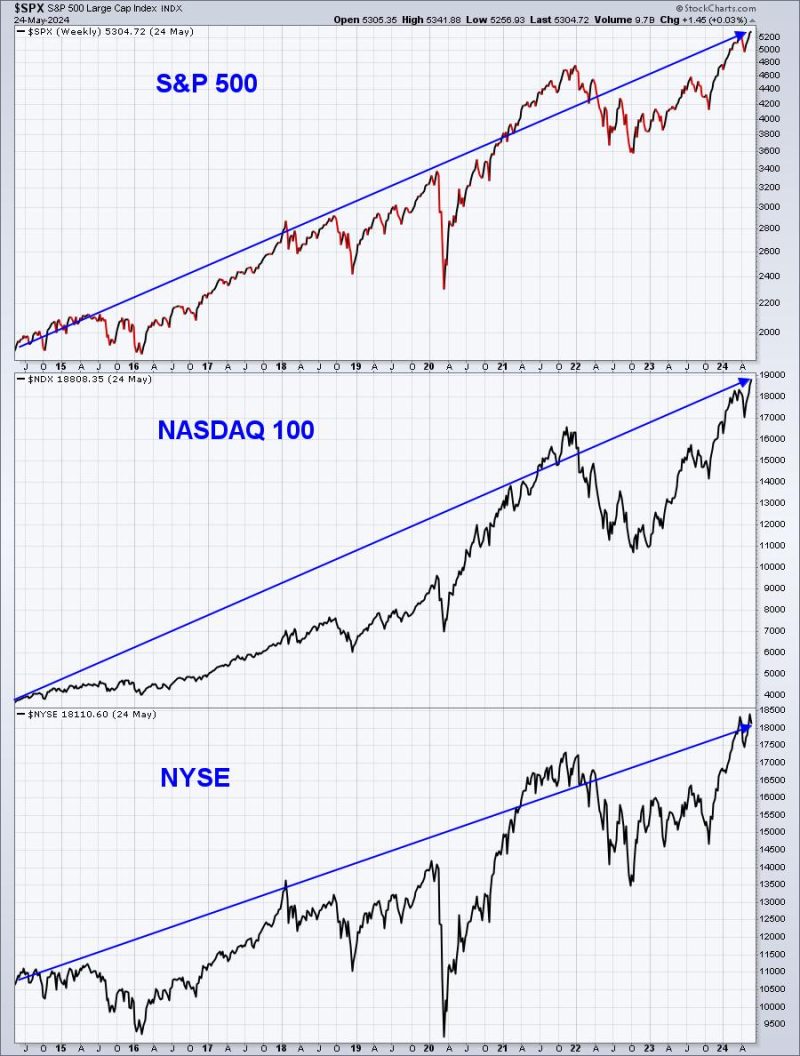Step 1: Define Your Trading Goals and Risk Tolerance
Before diving into the world of trading, it is crucial to clearly define your trading goals. Determine what you aim to achieve through trading – whether it is to generate additional income, save for a specific financial goal, or grow your wealth. By setting clear and realistic goals, you can establish a roadmap for your trading journey. Additionally, understanding your risk tolerance is essential. Be honest with yourself about how much risk you are willing to take on each trade. Knowing your risk tolerance will help you make informed decisions and avoid emotional trading based on fear or greed.
Step 2: Develop a Solid Trading Plan
A trading plan serves as your blueprint for success in the financial markets. It outlines your trading goals, strategies, risk management rules, and set criteria for entering and exiting trades. Your trading plan should be well-defined, specific, and adaptable to different market conditions. Consider factors such as your preferred trading style, time horizon, and the financial instruments you want to trade. Additionally, incorporate risk management techniques, such as setting stop-loss orders and determining position sizes based on your risk tolerance.
Step 3: Continuous Learning and Improvement
Successful trading requires a commitment to continuous learning and improvement. Stay informed about market trends, economic indicators, and geopolitical events that could impact your trades. Engage in ongoing education through books, online courses, webinars, and networking with other traders. Analyze your trading performance regularly to identify strengths and weaknesses. By learning from both successful and unsuccessful trades, you can refine your strategies, optimize your trading process, and enhance your results over time.
Step 4: Practice Patience and Discipline
Patience and discipline are key virtues for successful traders. Avoid impulsive decisions driven by emotions and stick to your trading plan, even when faced with uncertainty or market volatility. Exercise discipline in following your risk management rules and avoid overtrading or revenge trading after a loss. Remember that trading is a marathon, not a sprint, and success is built on consistent, disciplined execution of your trading strategy. By practicing patience and discipline, you can navigate the ups and downs of the market with a clear mind and a steady hand.
In conclusion, improving your trading process and results requires a combination of careful planning, continuous learning, patience, and discipline. By defining your goals, developing a solid trading plan, committing to ongoing education, and practicing patience and discipline, you can enhance your trading performance and achieve long-term success in the financial markets.

